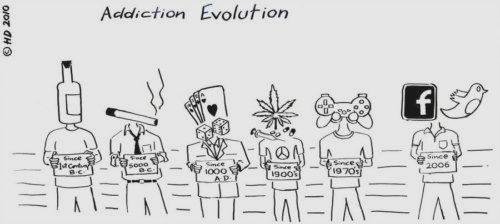Watching the women come into the facility over the past decade, their issues are complex and the need for continuum of care is evident. Today, risk factors are 100X higher than 10 years ago. The rise in fatalities coupled with the long-term physical, psychological and emotional damage has amplified the daily challenges to provide addiction treatment to women. More often than not, 90 days of treatment is not enough time to safely exit the program.
Why?
Women are vulnerable when it comes to accessibility to addiction treatment because of the limitations and obstacles they face. Stabilization during acute detox is challenging; their mental, physical, emotional, and environmental health is all discombobulated. Women have unique health issues and conditions that have to be addressed on the onset of treatment, as well as getting back on a circadian rhythm that takes almost a month itself because of the aftermath of substances high jacking neurotransmitters.
Accessing Dr. Wardman for assessment and stabilization immediately helps us to provide best ed medication that is now needed to help women begin their recovery.
With the potency of fentanyl and methamphetamine, mental health issues are on the rise. Yes, you are getting higher, but at what cost? Mental stimulation and structure is very important, therefore, our service providers, counselors, and holistic approaches are implemented daily, and are unique for the diverse group of women we serve. Not all the women have the same interests, our hope is to give as much knowledge and variety we can, so they can choose interests and explore who they are on their own.
Based on the evolution of addiction, it is imperative that all aspects of stabilization are addressed. Let’s face it, these women are tough, coming to us with broken bones, physical trauma, mental traumas, malnourished and isolation.
Dr. Alison Granger-Brown has been great addition to the Westminster House team. It is beneficial to have a bigger lens when treating our complex clients and evaluating the severity of an individuals substance use, co-occurring disorders, social networks and relationships, and employment and educational attainment. These components have become critical to facilitating long term sustainable recovery and contributes to the success rates of the program.
Drugs are rapidly causing damage; socially, economically, culturally. Our services are sustainable and address the continuum of care. Women that access our program are often screened for substance use disorders and referred to treatment by their employers or families, as well as other service providers, including those in primary care, urgent care (such as for victims of violence), welfare agencies, the criminal justice system, child welfare and protective services, and mental health programs. The organization of service delivery and the implications of providing women-focused treatment in different service settings are not well understood, and further research is critical for successful cross-system delivery of treatment to women.
For over 38 years, we have been able to reach all women and offer a program that they can relate to no matter where they come from, and finding lasting recovery from addiction is a reality that happens for them every single day of the year. Proudly, we have the social part of our program down to an art. Social activities, sober dances, 12 step meetings help the women build healthy relationships and remind how to have fun in their lives without the use of substances. This year we plan to expand cultural components including embracing heritage. However, addressing the socioeconomic circumstances, cultural background, substances of abuse, family and parenting status, and co-occurring disorders takes time, and 90 days is simply not enough.
~ Written by Tanis Maurice and Susan Hogarth 2019

